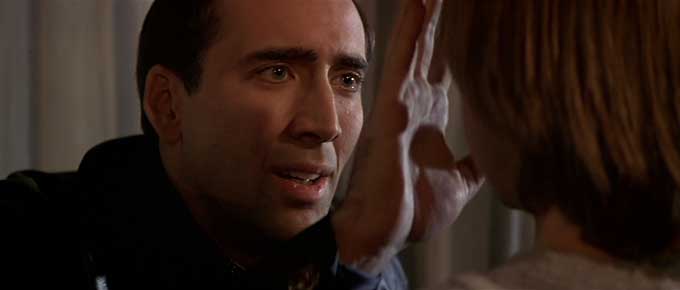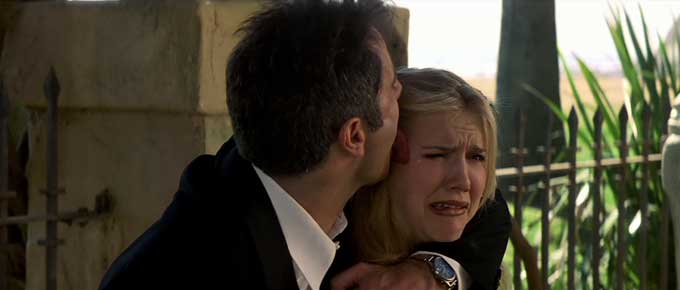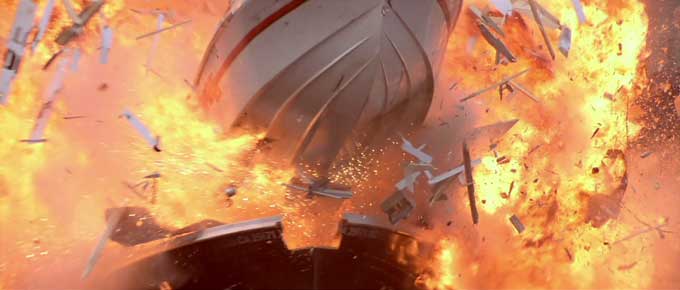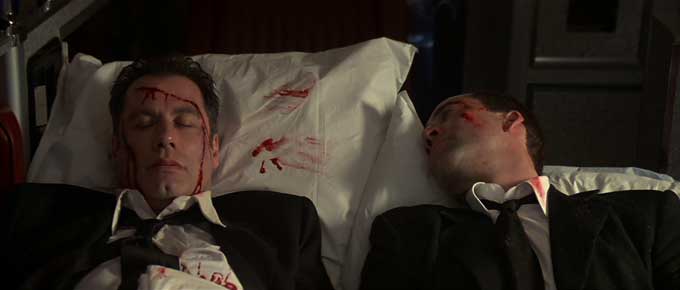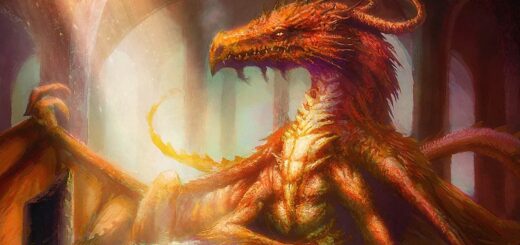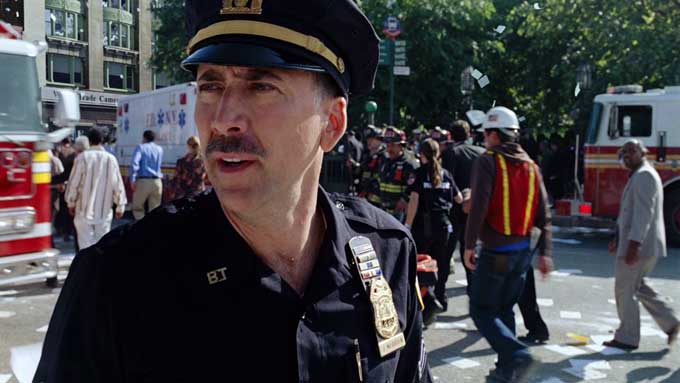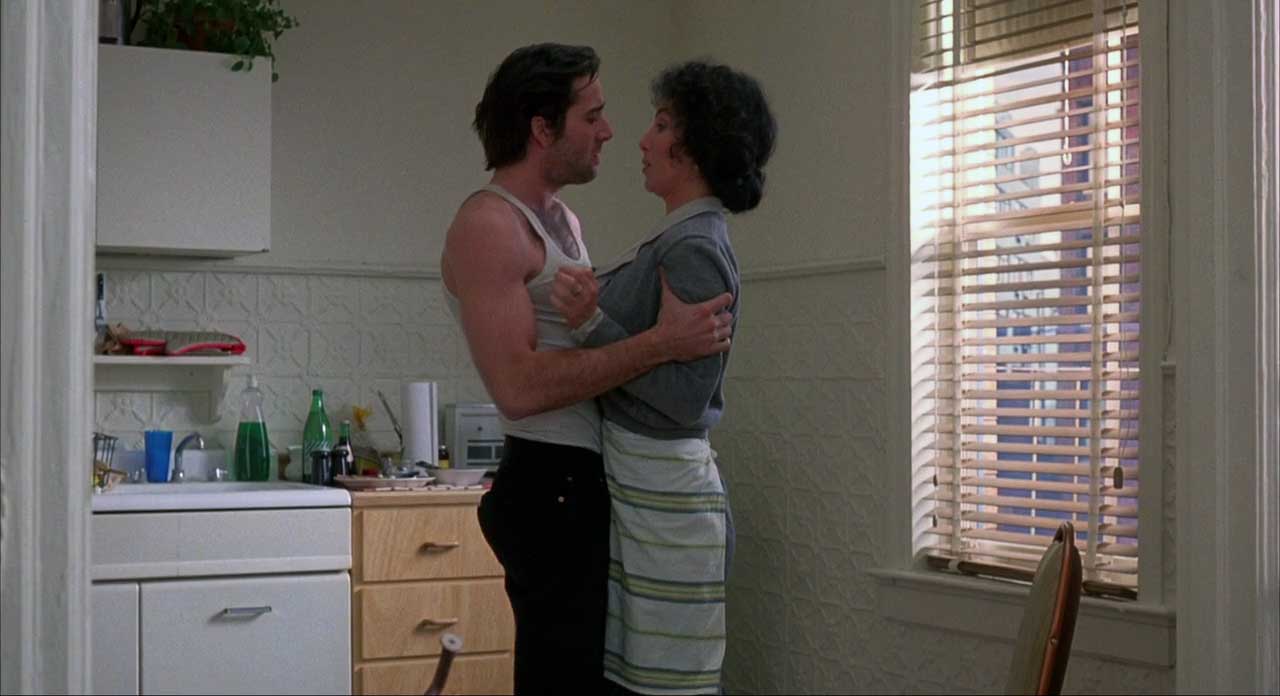Face/Off (1997): A Journey Shared by Alice in Wonderland and The Matrix?! [Joey’s Review]
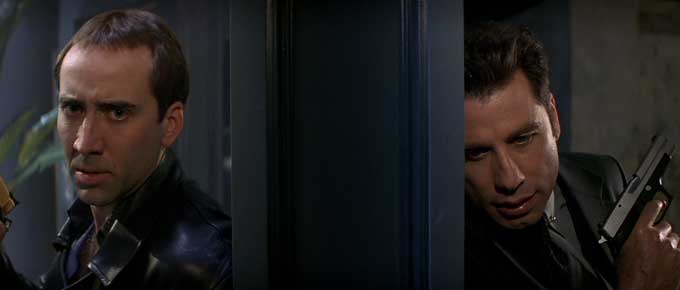
I love THE MATRIX. It’s one of my favorite movies of all-time. But while watching FACE/OFF, I had to wonder… did the Wachowskis steal from this film?! And did John Woo and screenwriters Mike Werb and Michael Colleary steal from Alice in Wonderland?! It’s pretty widely accepted that they pretty heavily borrowed from DARK CITY (and my friend Celia has an awesome blog about how #CageClub-adjacent program Twin Peaks borrows from Alice in Wonderland), but it sounds crazy to think that Face/Off, Alice in Wonderland, and the Matrix all tell the same story. Or… is it?
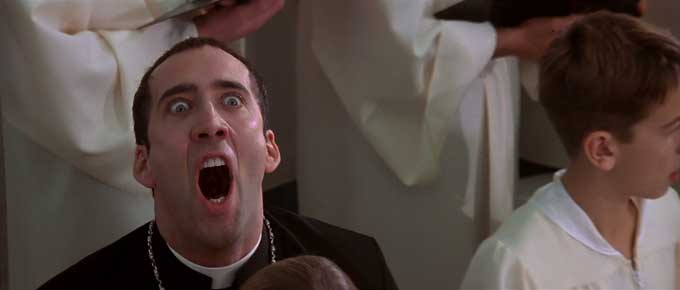
Look, everything I’m about to say should be taken with a grain of sand. Not writing recaps for each film forces me to be a little more creative in my write-ups. I could just ramble on about how great of an action movie this is, but there’s going to be more than enough of that to go around in our (overlong) podcast about this movie. So let’s take a different approach here.
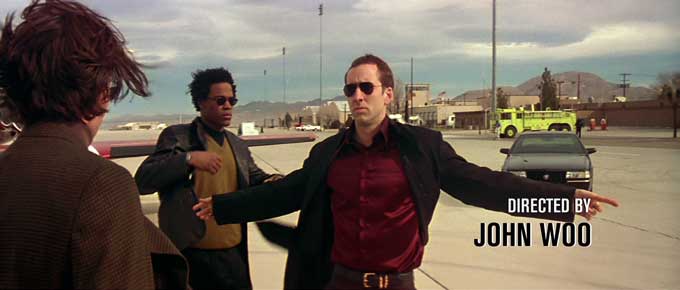
Much of this comparison will be made between The Matrix and Face/Off. They’re of the same medium, of the same world, and much easier to draw comparisons between. But the more I write about the comparisons, the more I find myself returning to Alice in Wonderland, so we’ll pop back to that world whenever similarities arise.
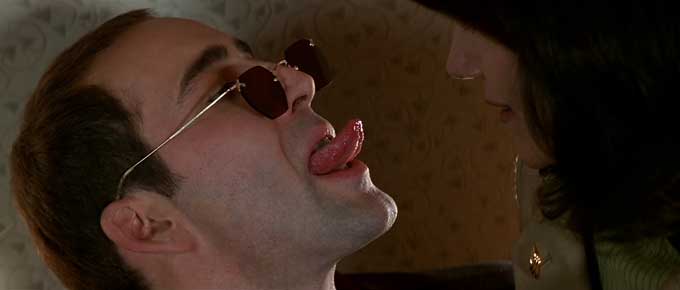
Both Face/Off and The Matrix have plenty of guns. Both have huge action sequences heavily involving helicopters. Both are relics of nineties computer technology (hello, zip disks!), which seemingly goes hand-in-hand with the fact that both are quintessential nineties action movies. But there are much deeper similarities at play, too.
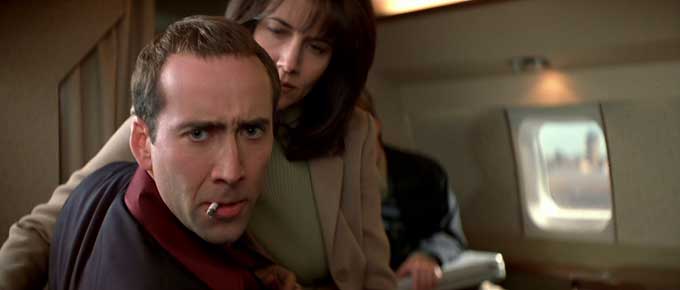
The major comparison and link between these three stories are its main characters: Alice, John Travolta as Sean Archer, and Keanu Reeves as Neo. All three are thrust into a brand new world on their journeys to find something; Alice is looking for excitement, Archer is looking for closure, and Neo is looking for truth. This is a sentiment true of a lot of movies, but it’s of particular note here because it’s rare that characters undergo as massive a transformation as any of these characters experience, and it’s rare that their new worlds are so vastly different from their old ones. Completely altering your appearance? Getting “unplugged” or altered and thrust into, quite literally, a new world? It’s more than just internal growth with these characters — their entire realities are shifted.
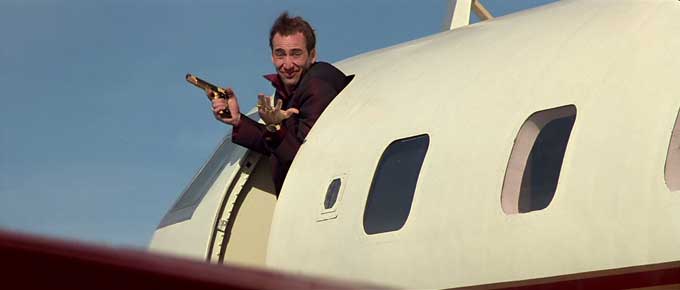
It’s through this shift that we get to the next major similarity: all three stories’ obsession with mirrors. Alice, quite literally, tumbles through a looking glass. In The Matrix, Morpheus tells Neo, “I bet you feel a bit like Alice… tumbling down the rabbit hole.” Also, Neo begins his journey by touching a mirror and getting sucked through; he’s more like Alice here than perhaps anyone else in literary history. In Face/Off, Cagevolta (John Travolta in the body of Nicolas Cage) is continually shocked by his reflection. Mirrors are the gateway into these characters’ new realities and serve as constant reminders that the world they inhabit is no longer the same as the one they were in. Mirrors also represent Travolta’s inability to accept his new reality — a reflection of the new world around him.
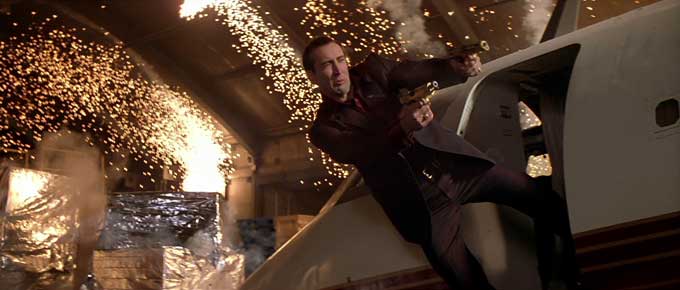
Near the end of Face/Off, during a shootout at Castor Troy’s buddy’s apartment, the action noise dies down and we hear Olivia Newton-John (!!) singing “Over the Rainbow.” Just like Judy Garland sang as Dorothy in THE WIZARD OF OZ (perhaps the most well-known journey to a new world of all time), this serves as proof that Cagevolta is “somewhere over the rainbow” as he finds himself in a new body, in a new setting, in a new world. Dorothy, Alice, Travolta… all three find themselves far from their normal worlds, in places where nothing is familiar.
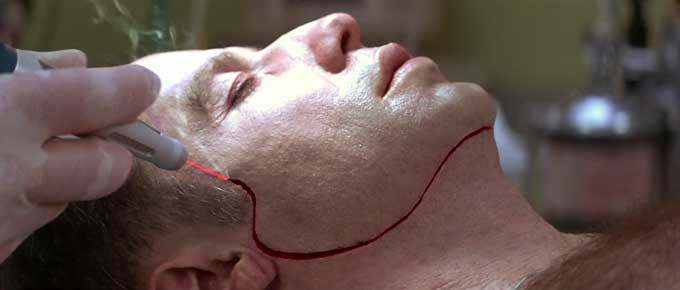
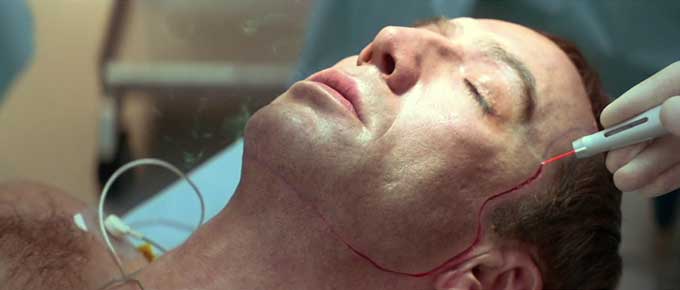
There are differences between these stories, however. The biggest one, perhaps, is the total difference in effects. Alice in Wonderland is best known as an animated film, so let’s take that off the table for now. According to Face/Off producer Barrie M. Osborne, most of its biggest action scenes were originally planned as green screen shots. To support the “realism of story,” however, John Woo and his team filmed them practically, which you can totally see and just feel on screen. This and The Rock are relics of a bygone era, the last holdouts against an industry determined to increasingly favor CGI over practical effects. Much of this shift is thanks in large part to The Matrix, which turned Hollywood on its head with crazy insane innovations like bullet-time. Both films are perfect in the way they execute their effects, but the way they get to the end result couldn’t be more different.
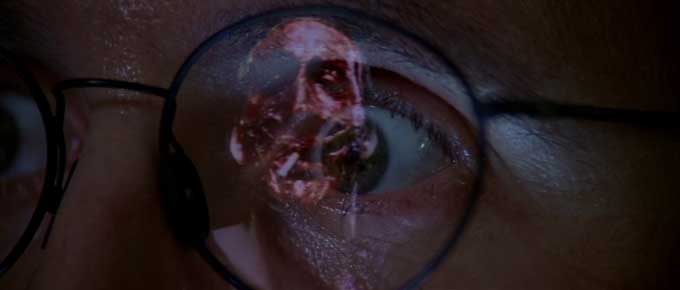
Also: Neither The Matrix nor Alice in Wonderland feature any face waterfalls.
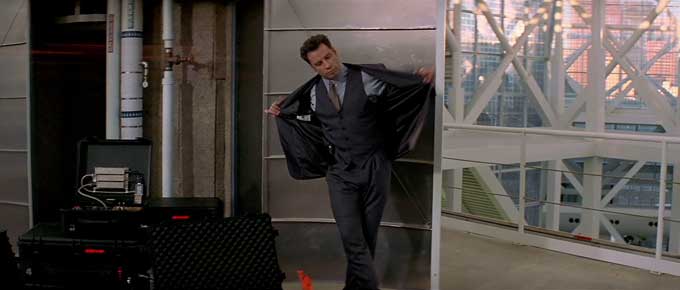
How can I watch it? Like the other gems of action week, you’ll need to pay a few bucks to see this. For the third time in a row, though, it’s WORTH IT!
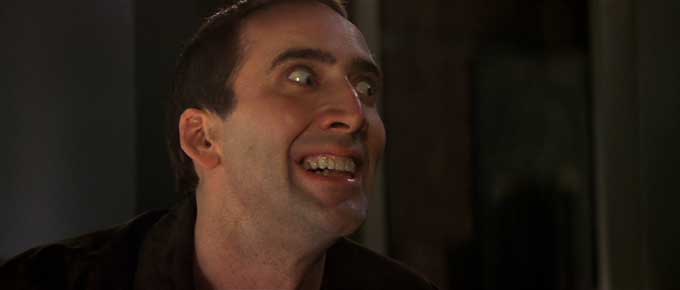
What’s up next? Action week is over. Sigh. Can City of Angels keep our momentum going?! We’ll find out!
